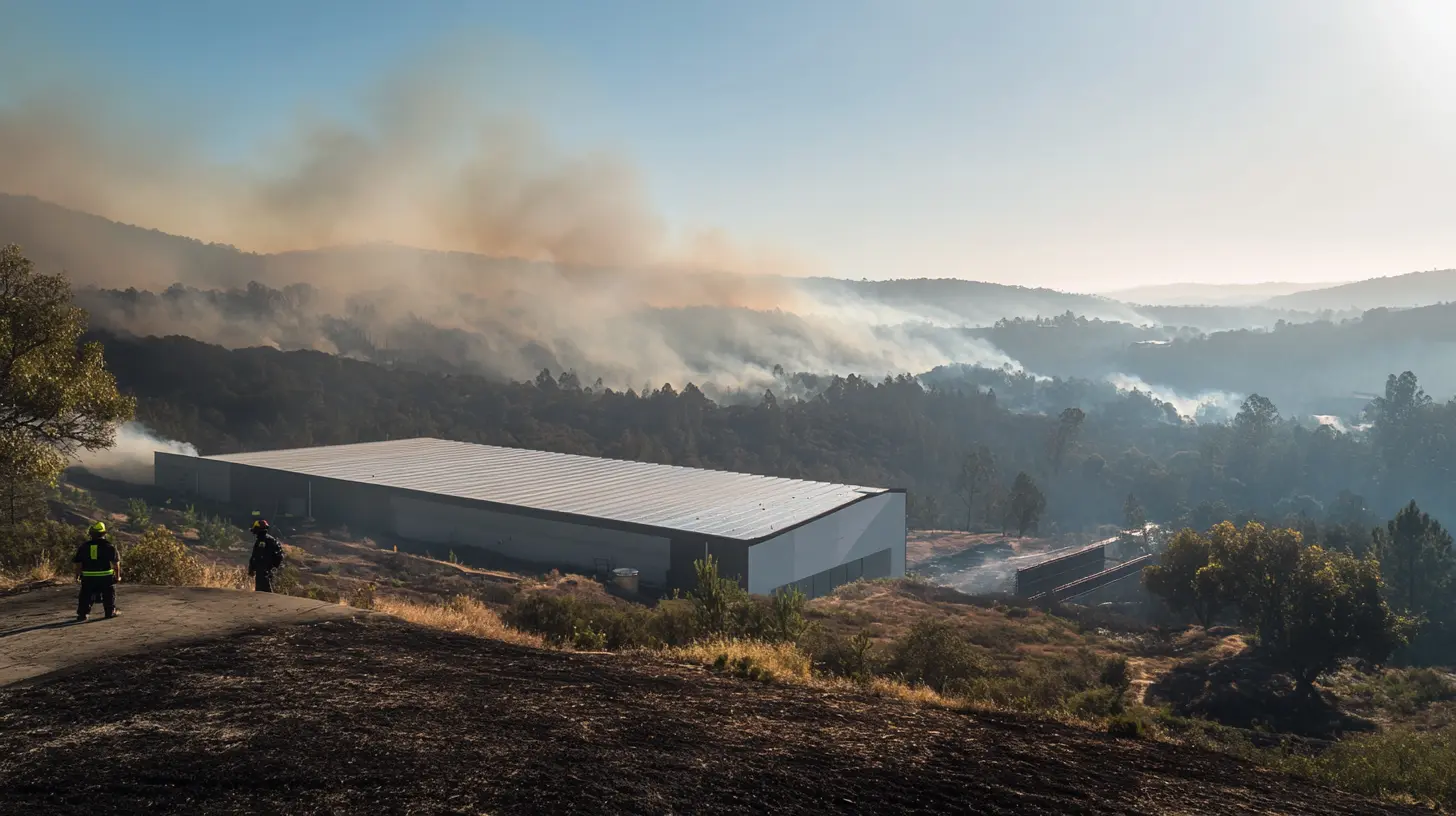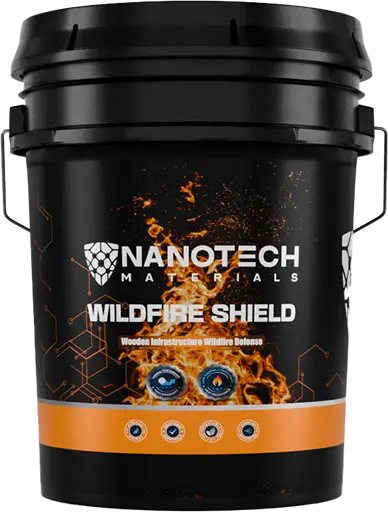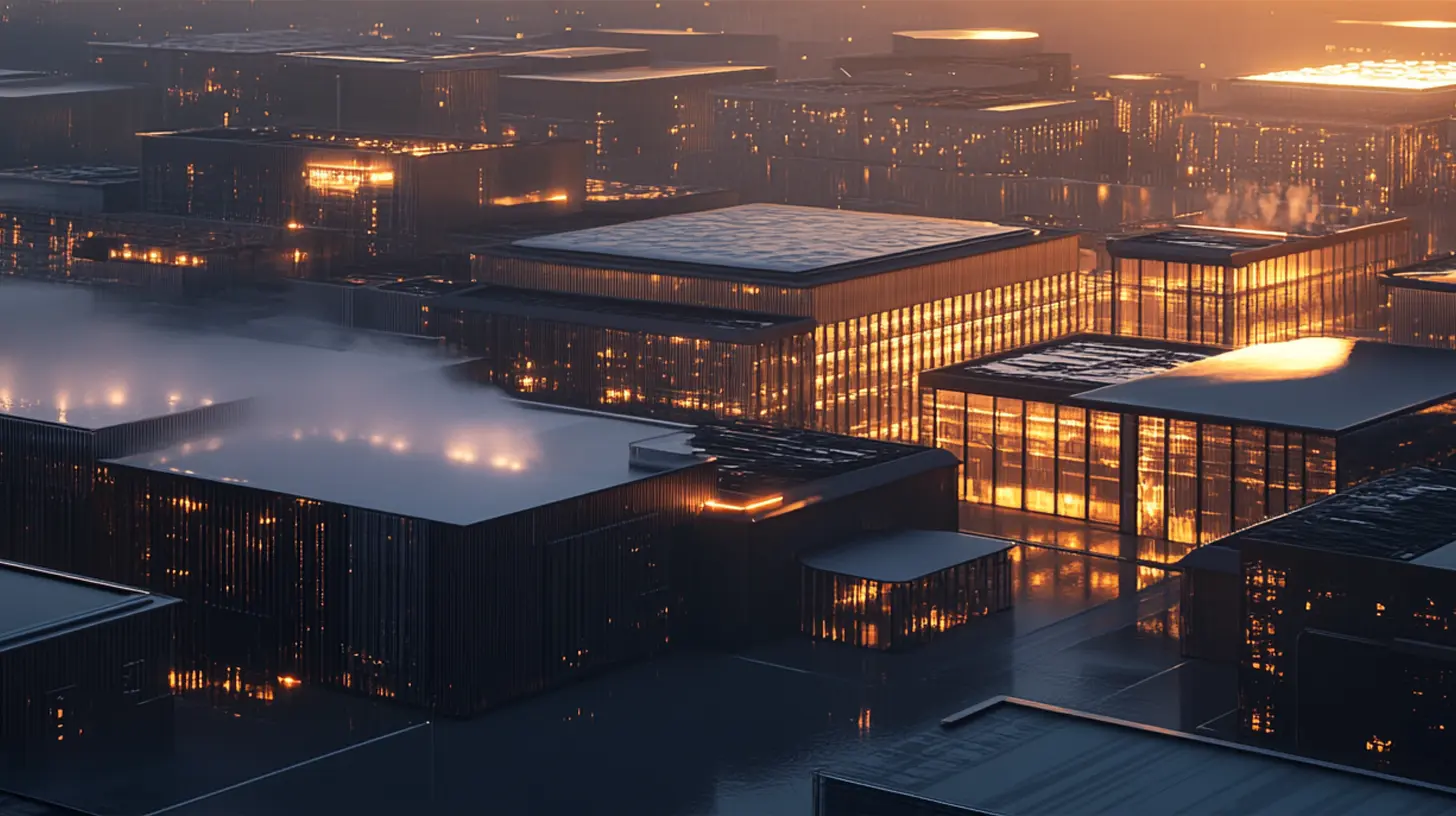Introduction
Intumescent fireproof coatings, commonly used in fireproofing applications, have been acclaimed for their protective abilities. However, several limitations and concerns associated with these coatings suggest they may not be ideal for all fireproofing needs.
Evidence
High Activation Temperatures: Intumescent coatings require high temperatures (around 300°C) to activate and form a protective char, which may not be efficient in all fire scenarios (Sakumoto, Nagata, Kodaira, & Saito, 2001).
Durability Concerns: The durability of intumescent coatings, especially under varying environmental conditions such as moisture, is a significant concern. Water has been identified as a principal factor affecting the long-term efficacy of these coatings (Sakumoto et al., 2001).
Aging Issues: The aging of intumescent coatings can lead to a decrease in their protective abilities. This effect is more pronounced with increasing age and in cases with high structural load ratios (Zhang, Li, & Wang, 2014).
Thermal Performance: The thermal performance of intumescent coatings can be variable, depending on factors like coating composition and environmental conditions. This inconsistency can impact their reliability as fireproofing materials (Li et al., 2012).
Dependence on Specific Formulations: The effectiveness of intumescent coatings depends heavily on the precise formulation and the choice of components, which affects the rate of char formation and its structure. This makes them less versatile compared to other fireproofing methods (Wladyka-Przybylak & Kozłowski, 1999).
Adhesion and Coating Integrity: Maintaining the adhesion and integrity of the coating on the substrate under varying conditions is challenging. The interaction of fillers and other additives within the coating can impact its stability and fire protective performance (Puri & Khanna, 2016).
Environmental Impact and Limitations: Environmental factors, such as humidity and temperature variations, can significantly influence the performance of intumescent coatings, limiting their applicability in different geographical locations or under variable weather conditions (Sakumoto et al., 2001).
High Activation Temperatures
Intumescent coatings are designed to swell and char at high temperatures, forming an insulating layer. However, their activation often requires very high temperatures, which may not be practical in all fire scenarios. This delayed response can be a significant drawback in rapid fire spread situations.
Durability Concerns
Although some solvent-based intumescent coatings are known for their durability, particularly in harsh environments, lighter intumescent coatings may have durability issues, especially in environments with less Portland cement material. Over time, these coatings might degrade, compromising their protective abilities.
Aging Issues
Like many protective materials, intumescent coatings are susceptible to aging. This natural process can reduce their effectiveness and necessitate more frequent maintenance or replacement, adding to the long-term cost and labor involved in using these coatings.
Thermal Performance Limitations
While intumescent coatings insulate substrates from high temperatures during a fire, their thermal performance can be variable. The effectiveness of these coatings in different fire types (cellulosic vs. hydrocarbon-fueled fires) and their response to rapid temperature rises are important considerations.
Dependence on Specific Formulations
The composition of intumescent coatings significantly influences their performance. Different formulations, such as single-component or epoxy-based coatings, have varying application processes, cure times, and finished appearances. This dependency on specific formulations limits their versatility and can complicate the selection process for specific fireproofing needs.
Adhesion and Coating Integrity
The effectiveness of intumescent coatings also depends on proper application and adhesion to substrates. Failure to adhere correctly or uniformly can lead to gaps in fire protection. Furthermore, most intumescent applications result in a rougher surface texture, which may not be desirable in all architectural contexts.
Environmental Impact and Limitations
The manufacturing, application, and maintenance of intumescent coatings can have environmental implications. The chemicals used in these coatings and the processes required for their application and maintenance can contribute to environmental burdens. Additionally, their disposal and the need for frequent reapplication or maintenance can add to environmental concerns.
Conclusion
While intumescent fireproof coatings offer significant benefits in fire protection, their limitations, such as high activation temperatures, durability concerns, aging issues, thermal performance limitations, dependence on specific formulations, adhesion challenges, and environmental impact, suggest they may not be universally ideal for fireproofing. A careful evaluation of these factors is crucial in choosing the right fireproofing solution.
FAQ on Intumescent Fireproof Coatings
1. What are intumescent fireproof coatings?
- Intumescent fireproof coatings are specialized materials applied to structures, like steel frames, that swell and form an insulating char layer when exposed to high temperatures, protecting the structure from fire.
2. Why are high activation temperatures of intumescent coatings a concern?
- High activation temperatures mean these coatings may not swell and protect the structure until the fire is very hot, potentially delaying the fireproofing action in rapid fire spread situations.
3. What durability concerns are associated with intumescent coatings?
- Some types of intumescent coatings, especially those with lighter compositions, can degrade over time, leading to reduced effectiveness and the need for frequent reapplication or maintenance.
4. How do aging issues affect intumescent coatings?
- As intumescent coatings age, they may lose some of their fireproofing capabilities, necessitating regular checks and potentially more frequent replacements.
5. Are there limitations in the thermal performance of intumescent coatings?
- Yes, their effectiveness can vary based on the type of fire (cellulosic vs. hydrocarbon-fueled) and their ability to withstand rapid temperature rises.
6. Why is dependence on specific formulations of intumescent coatings a limitation?
- Different formulations require specific application processes and conditions, limiting their versatility and making the selection process more complicated for specific fireproofing needs.
7. What are the challenges with adhesion and coating integrity?
- Proper application and adhesion are crucial for intumescent coatings to be effective. Improper application can lead to gaps in protection, and most applications result in a rough surface texture that might not be suitable for all architectural designs.
8. What is the environmental impact of using intumescent coatings?
- The manufacturing, application, and maintenance of these coatings involve chemicals and processes that can contribute to environmental burdens. Additionally, their disposal and the need for frequent reapplication or maintenance also add to environmental concerns.
9. Can intumescent coatings be used in all types of buildings?
- While they are versatile, the specific building’s fire risk, structural materials, and environmental conditions should be considered when choosing intumescent coatings for fireproofing.
10. How often do intumescent coatings need maintenance or reapplication?
- This depends on the specific product, environmental conditions, and the building’s exposure to elements. Regular inspections are recommended to determine the need for maintenance or reapplication.




